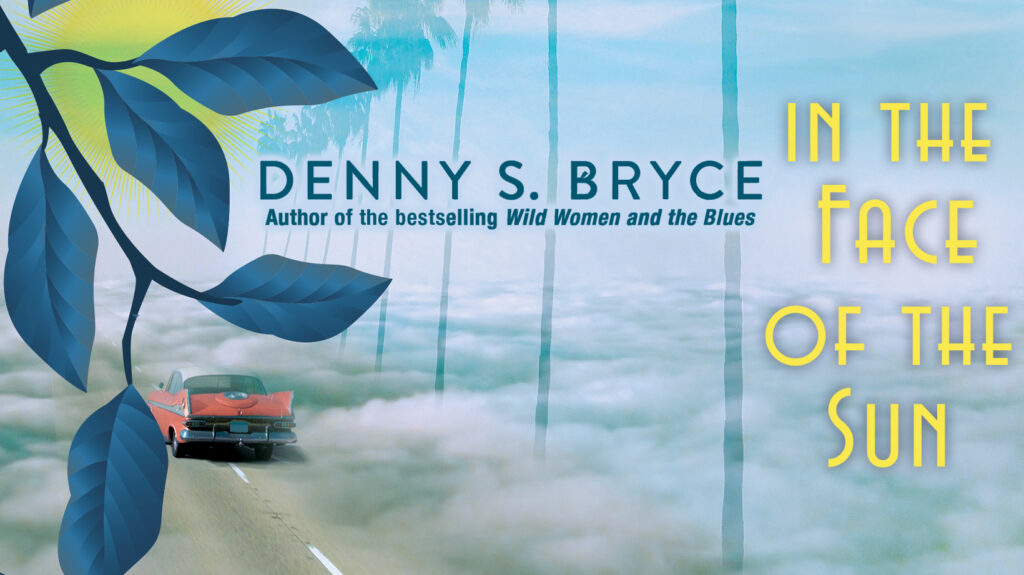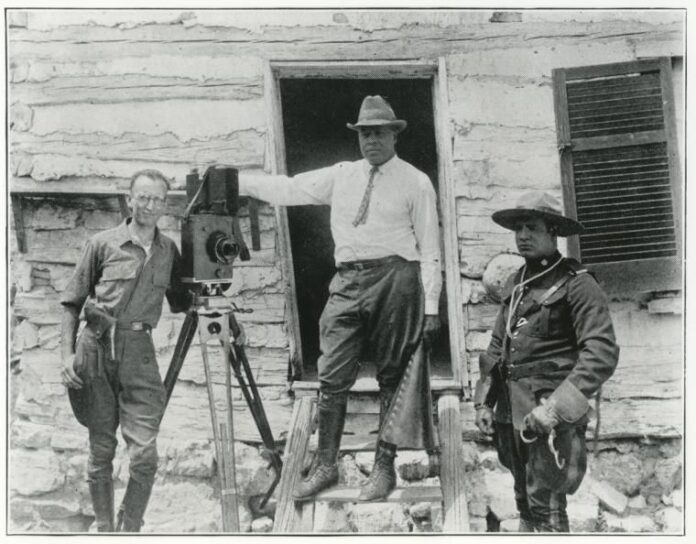
Over the years, what defines Black Hollywood has changed, evolved, and in some cases impacted public opinion on issues that have divided our society, inspiring change.
IN THE FACE OF THE SUN is a character-driven novel (with a touch of mystery) written with a dual storyline and set in 1928 Los Angeles and during a 1968 road trip from Chicago to LA on Route 66. The main characters in the novel are fictional, but historical figures make an appearance, too, such as W. E. B. Du Bois, Jack Johnson, Drs. John and Vada Somerville, Stepin Fetchit, and more.
In the 1928 storyline of IN THE FACE OF THE SUN, the early days of Black Hollywood provide the backdrop for main character Daisy Washington, her sister Henrietta, an architect named Malcolm, a jazz guitarist named Isaiah, and a hotel – the majestic Hotel Somerville, the first luxury hotel in Los Angeles owned and built by Blacks exclusively for Black clientele. At the time, no other luxury hotel in Los Angeles allowed Negroes to register. They could work at the property as maids, butlers, and bellhops but couldn’t book a room for a night.

During the 1920s—as the sign on the hillside read (until 1949)–Hollywoodland entered its boomtown phase. It was the home of one of the fastest-growing industries in America – filmmaking. By the late 1920s, talkies entered the game and accelerated the industry’s already rapid growth.
But back to the question of what, who, or why Black Hollywood began. Here’s a passage from a website dedicated to Black Travel. It’s called Soul of America & A World of Black Travel (https://www.soulofamerica.com/).
Black Hollywood History started when movies started screening across America in 1896, shortly after the Supreme Court sanctioned racism in the Separate, But Equal ruling. Movies were the principal medium to communicate news, social customs, and visual entertainment to millions of Americans each week. Thus, more than schoolbooks and bibles, Hollywood movies shaped white folks’ perceptions of black folks.
In 1905, most African Americans portrayed in Hollywood films were white actors in blackface. To summarize, writer Gary Null in his book Black Hollywood, movie studios adopted a long-standing, minstrel stage practice of portraying black males as slow-talking, slew-footed, irresponsible dimwits, and lazy bucks…
I included historical figure Lincoln Perry, also known as Stepin Fetchit, in the novel’s 1928 timeline because this highly successful (but controversial) actor/comedienne was the highest paid contracted African American actors of his generation (during his early career). His acting (or comedy) style centered on the slow-talking, slew-footed, lazy Black male.
And the debate, even for some in the 1920s, was, is Stepin Fetchit a brilliant comedian or another Hollywood-created insult to African Americans?
I’d say the latter, but Stepin Fetchit was a trailblazer and embodied several firsts for an African American actor.
There are university courses on the subject of Black films in America, but if you are interested in learning more, I suggest you start by entertaining one of the world’s most popular pastimes: binge-watching. Here are some recommendations I believe you will find entertaining and educational.

By Right of Birth, 1921 – Presented by The Lincoln Motion Picture Company, considered to be the first all-Black movie production company in America. (https://www.youtube.com/watch?v=uCVrFj7fclg)
Body and Soul, 1925 – Produced, Written, and Directed by Oscar Micheaux (legendary Black filmmaker), staring Paul Robeson (https://www.youtube.com/watch?v=zUMti00K044)
Judge Priest, 1935 – Directed by John Ford, starring Will Rogers with Stepin Fetchit. (https://www.youtube.com/watch?v=Hhdkj0ZkIDQ)
Cabin in the Sky, 1943 – Directed by Vincente Minnelli (his directorial debut), starring Ethel Waters (https://www.youtube.com/watch?v=WhVsHMeE7Bg)
The Defiant Ones, 1958 – Directed by Stanley Kramer, starring Sidney Poitier and Tony Curtis (https://www.youtube.com/watch?v=fBrw8dmgarM)
A Raisin in the Sun, 1961 – Directed Daniel Petrie, starring Sidney Poitier, Ruby Dee, Claudia McNeil (https://www.youtube.com/watch?v=JMsnRzJdhew)
Sounder, 1972 – Directed by Martin Ritt, starring Cicely Tyson and Paul Winfield (https://www.youtube.com/watch?v=XPbP0g65ui8)
The Color Purple, 1985 – Directed by Steven Spielberg, starring Whoopi Goldberg, Danny Glover, Oprah Winfrey (https://www.youtube.com/watch?v=yFMCW5-jdqM)
Boyz N the Hood, 1991 – Directed by John Singleton, starring Ice Cube, Cuba Gooding, Jr., Lawrence Fishburne, Angela Bassett, and Morris Chestnut (https://www.youtube.com/watch?v=sLgCCdLbQNc)
Malcolm X, 1992 – Directed by Spike Lee, starring Denzel Washington and Spike Lee (https://www.youtube.com/watch?v=sx4sEvhYeVE)
At the height of the Civil Rights Movement amidst an America convulsed by the 1960s, a pregnant young woman and her brash, profane aunt embark upon an audacious road trip from Chicago to Los Angeles to confront a decades-old mystery from 1920’s Black Hollywood in this haunting novel of historical fiction from the author of Wild Women and the Blues.
A lime-gold Ford Mustang is parked outside my building. Unmistakable. My Aunt Daisy, the driver, is an audacious woman that no one in our family actually speaks to. They only speak about her—and not glowingly. Still, she is part of my escape plan…
“Bryce excels at placing readers in a glamorous time and place…riveting and vibrant.” – Booklist
1928, Los Angeles: The newly-built Hotel Somerville is the hotspot for the city’s glittering African-American elite. It embodies prosperity and dreams of equality for all—especially Daisy Washington. An up-and-coming journalist, Daisy anonymously chronicles fierce activism and behind-the-scenes Hollywood scandals in order to save her family from poverty. But power in the City of Angels is also fueled by racism, greed, and betrayal. And even the most determined young woman can play too many secrets too far…
1968, Chicago: For Frankie Saunders, fleeing across America is her only escape from an abusive husband. But her rescuer is her reckless, profane Aunt Daisy, still reeling from her own shattered past. Frankie doesn’t want to know what her aunt is up to so long as Daisy can get her to LA—and safety. But Frankie finds there’s no hiding from long-held secrets—or her own surprising strength.
Daisy will do whatever it takes to settle old scores and resolve the past—no matter the damage. And Frankie will come up against hard choices in the face of unexpected passion. Both must come to grips with what they need, what they’ve left behind—and all that lies ahead …
Reprinted with permission from Kensington Books.







